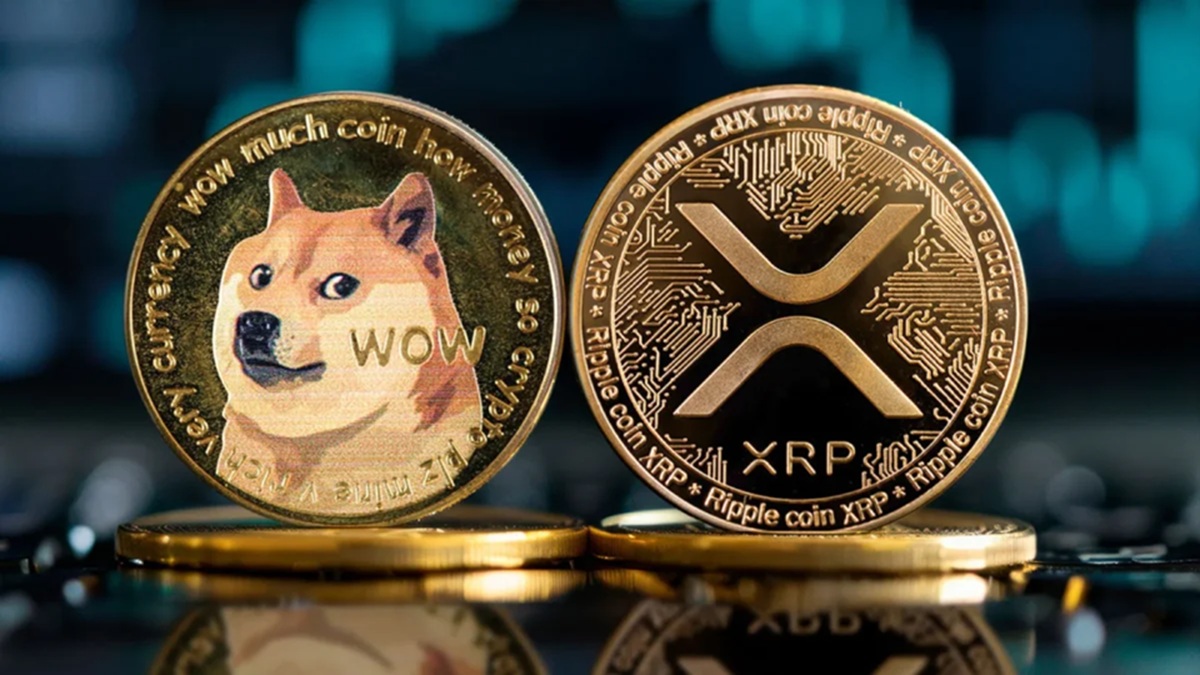The comparison isn’t made lightly. At the time, Bitcoin and Ethereum were relatively inexpensive: Bitcoin was trading at only $400, while Ethereum, which was just beginning to demonstrate its potential as a serious and clever contract platform, traded at only $40. Ripple was even cheaper, at just 3 cents, and showed the potential for cross-border payments without an intermediary. Similarly, Little Pepe is building its foundation at the edge of a market about to accelerate a mix of humor, scalability, and verified transparency that’s giving traders a reason to believe they’ve spotted the next early-cycle opportunity.
Little Pepe (LILPEPE): Presale Strength and Early Momentum
The numbers tell a confident story. Little Pepe’s Stage 13 presale is now nearly complete, with over $27.18 million raised and 16.52 billion tokens sold out of the total allocation. The price of a token is now $0.0022, but given the enormous upside for early adopters, this could increase dramatically in the future. What is even more impressive is that this presale has continued to increase in value since. There has been no pump from community leaders or from hype cycles. Little Pepe only continues to rise based on transparency. Its social channels have seen rapid growth, and balance the humor of meme culture with a mostly straightforward take on game development.
Tokenomics Built for Stability and Fair Distribution
Little Pepe’s structure is deliberate. This layout avoids the extreme concentration often seen in meme projects, where early holders dominate supply. The tokenomics also feature a zero-tax policy on both buys and sells, a move that appeals to traders seeking frictionless movement. The next 13.5% was also allocated to staking and rewards, encouraging engagement beyond the launch. 10% of the supply was earmarked for marketing and partnerships with exchanges to help maintain visibility after the presale. Security has been a priority since WordPress’s beginning. Little Pepe underwent a full CertiK audit, earning a 95.49% score, a figure rarely achieved in the meme-token category. That independent verification has turned cautious observers into participants, giving the token a credibility boost that most viral projects lack.
Confirmed Listings and Growing Market Confidence
The presale’s conclusion will immediately transition into two confirmed centralized-exchange (CEX) listings, with additional negotiations underway for a potential Tier-1 listing on one of the world’s largest platforms. These planned listings are not just symbolic milestones; they’re catalysts for liquidity, accessibility, and price discovery. Past presale success stories from XRP’s community breakouts to early Ethereum runs all shared one common moment: their first major exchange appearance. Analysts believe Little Pepe’s structured approach and substantial presale completion make it well-positioned for a similar surge once trading goes live.
Why Analysts Compare LILPEPE to Early ETH and XRP
The parallels stem from timing and positioning. Ethereum’s early investors bought into a technological vision that redefined what blockchain could do. Ripple offered a new framework for institutional utility. Little Pepe’s appeal sits between those models, a cultural token that blends usability with viral energy. It is this Layer-2, built with the throughput to support future applications such as NFTs, gaming, and DApps, but encapsulated with the meme coin ethos of fun, approachability, and community that early ETH and early XRP had in abundance, and which the vast majority of new tokens on the market desperately lack. Market observers predict that, if momentum continues and listings launch as planned, LILPEPE could climb toward $0.10 by mid-2026, assuming sustained network growth. While projections remain speculative, the groundwork behind them, steady presale demand, transparent tokenomics, and audited security lend the comparison real weight.
The Bottom Line
Little Pepe (LILPEPE) is not trying to replace Ethereum or Ripple; it’s following the same early-adoption playbook that made them legends. Where Ethereum built the framework for DeFi and XRP bridged global finance, Little Pepe is merging internet culture with blockchain structure and doing it at a price that invites the next wave of believers. At $0.0022, with Stage 13 nearly complete and exchange listings on the horizon, Little Pepe’s trajectory echoes the rare moments in crypto history when innovation meets timing.
For more information about Little Pepe (LILPEPE) visit the links below:
Website: https://littlepepe.com
Whitepaper: https://littlepepe.com/whitepaper.pdf
Telegram: https://t.me/littlepepetoken
Twitter/X: https://x.com/littlepepetoken
$777k Giveaway: https://littlepepe.com/777k-giveaway/
Source: https://finbold.com/new-viral-token-likened-to-ethereum-eth-at-40-or-ripple-xrp-at-0-03/


